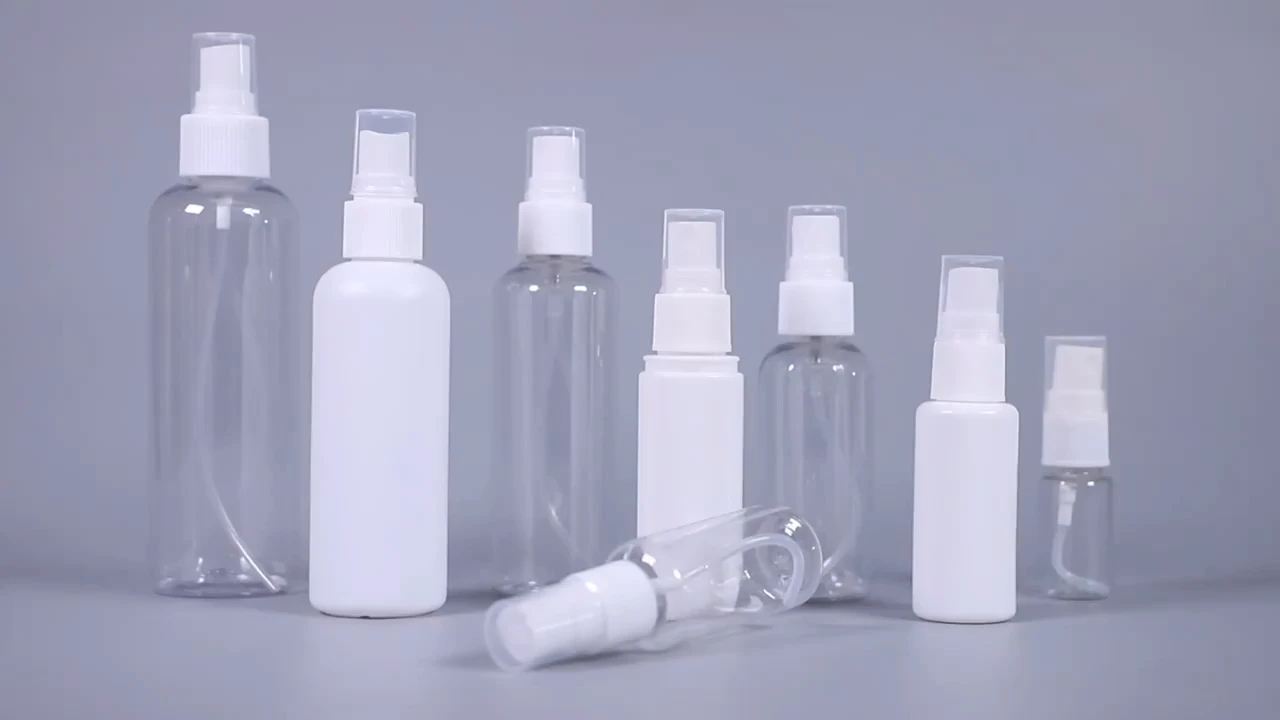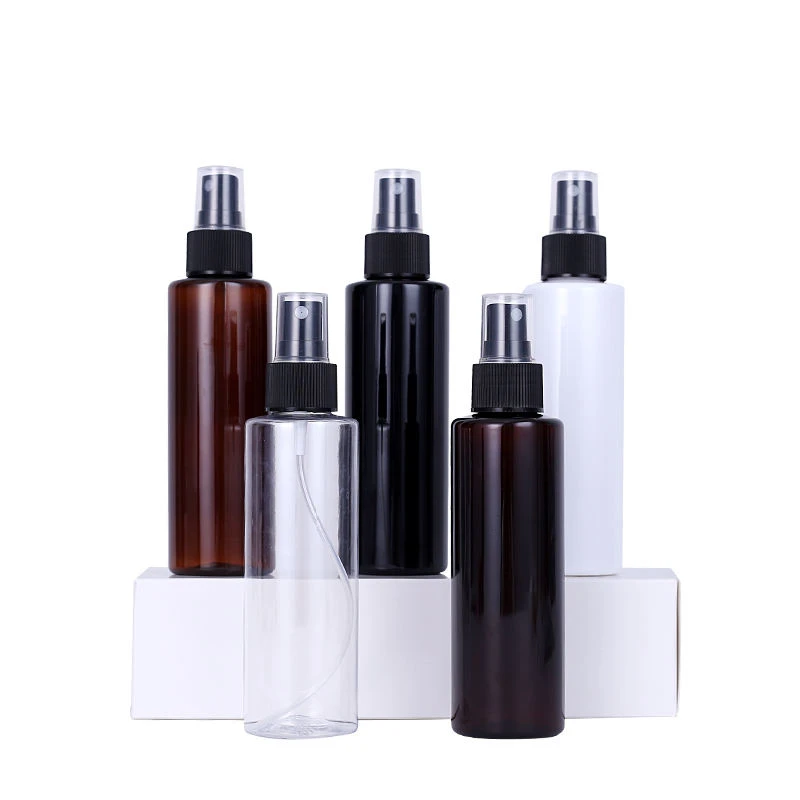
-
 Afrikaans
Afrikaans -
 Albanian
Albanian -
 Amharic
Amharic -
 Arabic
Arabic -
 Armenian
Armenian -
 Azerbaijani
Azerbaijani -
 Basque
Basque -
 Belarusian
Belarusian -
 Bengali
Bengali -
 Bosnian
Bosnian -
 Bulgarian
Bulgarian -
 Catalan
Catalan -
 Cebuano
Cebuano -
 Corsican
Corsican -
 Croatian
Croatian -
 Czech
Czech -
 Danish
Danish -
 Dutch
Dutch -
 English
English -
 Esperanto
Esperanto -
 Estonian
Estonian -
 Finnish
Finnish -
 French
French -
 Frisian
Frisian -
 Galician
Galician -
 Georgian
Georgian -
 German
German -
 Greek
Greek -
 Gujarati
Gujarati -
 Haitian Creole
Haitian Creole -
 hausa
hausa -
 hawaiian
hawaiian -
 Hebrew
Hebrew -
 Hindi
Hindi -
 Miao
Miao -
 Hungarian
Hungarian -
 Icelandic
Icelandic -
 igbo
igbo -
 Indonesian
Indonesian -
 irish
irish -
 Italian
Italian -
 Japanese
Japanese -
 Javanese
Javanese -
 Kannada
Kannada -
 kazakh
kazakh -
 Khmer
Khmer -
 Rwandese
Rwandese -
 Korean
Korean -
 Kurdish
Kurdish -
 Kyrgyz
Kyrgyz -
 Lao
Lao -
 Latin
Latin -
 Latvian
Latvian -
 Lithuanian
Lithuanian -
 Luxembourgish
Luxembourgish -
 Macedonian
Macedonian -
 Malgashi
Malgashi -
 Malay
Malay -
 Malayalam
Malayalam -
 Maltese
Maltese -
 Maori
Maori -
 Marathi
Marathi -
 Mongolian
Mongolian -
 Myanmar
Myanmar -
 Nepali
Nepali -
 Norwegian
Norwegian -
 Norwegian
Norwegian -
 Occitan
Occitan -
 Pashto
Pashto -
 Persian
Persian -
 Polish
Polish -
 Portuguese
Portuguese -
 Punjabi
Punjabi -
 Romanian
Romanian -
 Russian
Russian -
 Samoan
Samoan -
 Scottish Gaelic
Scottish Gaelic -
 Serbian
Serbian -
 Sesotho
Sesotho -
 Shona
Shona -
 Sindhi
Sindhi -
 Sinhala
Sinhala -
 Slovak
Slovak -
 Slovenian
Slovenian -
 Somali
Somali -
 Spanish
Spanish -
 Sundanese
Sundanese -
 Swahili
Swahili -
 Swedish
Swedish -
 Tagalog
Tagalog -
 Tajik
Tajik -
 Tamil
Tamil -
 Tatar
Tatar -
 Telugu
Telugu -
 Thai
Thai -
 Turkish
Turkish -
 Turkmen
Turkmen -
 Ukrainian
Ukrainian -
 Urdu
Urdu -
 Uighur
Uighur -
 Uzbek
Uzbek -
 Vietnamese
Vietnamese -
 Welsh
Welsh -
 Bantu
Bantu -
 Yiddish
Yiddish -
 Yoruba
Yoruba -
 Zulu
Zulu
Steri Dropper Bottles Precision, Leak-Proof Design for Liquids
- Industry evolution and performance metrics of sterile liquid packaging
- Engineering breakthroughs in dropper bottle mechanisms
- Manufacturer capability assessment with comparative data
- Material science innovations and production techniques
- End-user customization pathways for specialized applications
- Implementation success stories across regulated sectors
- Future projections for sterile packaging systems

(steri dropper bottles)
The Rising Market Impact of Steri Dropper Bottles
Global demand for sterile liquid packaging has grown by 17.3% annually since 2021, driven primarily by pharmaceutical and cosmetic sectors adopting precision dropper systems. Market analysis reveals steri dropper bottles
capture 42% of the precision liquid packaging segment, outperforming traditional vial packaging in contamination prevention by 68%. This growth correlates directly with stringent FDA and EMA guidelines mandating sterile dispensing for sensitive formulations. Research data indicates leakage rates for dropper tip bottles remain below 0.07% in validated applications, establishing them as the benchmark for sensitive formulations requiring airless isolation from contaminants.
Precision Engineering and Material Advantages
Sophisticated computational fluid dynamics optimize dropper tips dispensing accuracy to ±2% volume variance across 500+ actuations. Borosilicate glass bodies withstand autoclaving at 121°C while maintaining dimensional stability with expansion coefficients under 3.3×10⁻6/K. Polymer variants achieve USP Class VI certification through advanced sterilization resistance, withstanding 25 kGy gamma irradiation without compromising dropper tip functionality. Modern steri dropper designs incorporate laminar flow chambers that reduce bubble formation by 91% compared to first-generation designs, ensuring consistent dosing performance across temperature fluctuations between 4-40°C.
Sterile Dropper Packaging: Manufacturer Capabilities Comparison
| Manufacturer | Sterilization Methods | Dosing Accuracy | Lead Time (weeks) | Material Options | Moisture Barrier (g/m²/day) |
|---|---|---|---|---|---|
| PharmaPack Solutions | Gamma, e-Beam, Autoclave | ±2µl | 8-10 | 6 | 0.003 |
| Aptar Pharma | Gamma, VHP | ±1.5µl | 12-14 | 4 | 0.0018 |
| Gerresheimer | Autoclave, e-Beam | ±3µl | 6-8 | 5 | 0.0025 |
Advanced Material Science and Production Techniques
Nano-coating applications reduce interaction between formulations and borosilicate surfaces, lowering adsorption rates to 0.8% in peptide-based solutions. Polymer specialists now employ injection molding with cavity pressures exceeding 180 MPa for achieving dimensional tolerances within 5µm across dropper components. Aseptic blow-fill-seal production lines achieve throughputs of 240 sterile dropper bottles per minute while maintaining ISO 5 cleanroom conditions. Recent innovations include amber glass variants that block 99.9% of UV light below 450nm without compromising breakage resistance, tested to withstand 500N crush force vertically.
Customization for Specialized Application Requirements
Ophthalmic preparations require specialized dropper tips delivering volumes between 25-50µl with flow rates below 0.25ml/sec, achievable through custom nozzle orifice calibrations. Topical gel formulations utilize wide-bore dropper designs accommodating viscosities up to 50,000 cP without backflow contamination. Essential oil manufacturers benefit from fluoropolymer-lined closures that resist terpene degradation over 36 months. For sensitive biologicals, nitrogen-purged sterile dropper systems maintain oxygen levels below 0.5% throughout product lifecycles, validated through rigorous headspace analysis protocols. Customization pathways cover:
- UV/light protection levels (70%-99.9% blockage)
- Dispensing volumes ranging from 5µl to 2ml per drop
- Viscosity compatibility from 0.9 to 50,000 cP
- Tamper evidence configurations meeting 21 CFR 11 requirements
Validation in Regulated Industry Applications
Glaucoma treatments using steri dropper bottles demonstrated 97.5% dosing consistency across clinical trials involving 15,000 actuations under varying humidity conditions. Cosmetic serums with vitamin C formulations maintained stability for 24 months when packaged in nitrogen-flushed dropper bottles versus 8 months in conventional packaging. Vaccine adjuvant dispensing achieved 99.98% sterility assurance levels after 18 months of accelerated stability testing in certified dropper systems. Electronics manufacturing applications reported 63% reduction in solvent waste through precision dropper tips dispensing conductive adhesives at 10µl increments.
Steri Dropper Bottles: Future Capability Advancement
Next-generation sterile dropper systems will incorporate smart sensors monitoring remaining fill volumes with ±2% accuracy through capacitive measurement principles. Material scientists are advancing hybrid glass-polymer composites that combine the barrier properties of borosilicate with impact resistance exceeding 100 J/m. Emerging sterilization validation protocols utilize parametric release methods reducing quality control timelines by 70% while ensuring consistent microbial reduction over 12-log. Integration with automated filling lines will enable sterile transfers achieving 98% OEE efficiency at production rates exceeding 300 units per minute.

(steri dropper bottles)
FAQS on steri dropper bottles
Q: What are steri dropper bottles used for?
A: Steri dropper bottles are sterile, leak-proof containers designed for dispensing liquids like essential oils, medications, or cosmetics. They feature a dropper tip for precise application and are ideal for maintaining product purity.
Q: Are steri dropper bottles reusable?
A: While steri dropper bottles can be cleaned, repeated reuse may compromise sterility. For medical or sensitive applications, single-use or professionally sterilized bottles are recommended.
Q: How do dropper tip bottles prevent contamination?
A: Dropper tip bottles have airtight caps and precision tips that minimize exposure to air and contaminants. Many are pre-sterilized (steri) to ensure safe storage of sensitive liquids.
Q: Can steri dropper bottles handle thick liquids?
A: Yes, steri droppers with wider tips or adjustable flow designs work well for viscous formulas like serums or syrups. Always check the bottle’s compatibility with your product’s viscosity.
Q: What materials are steri dropper bottles made from?
A: Most steri dropper bottles use amber or cobalt glass to protect light-sensitive contents, while some are plastic (e.g., PET). All materials meet safety standards for pharmaceuticals and cosmetics.
-
28 Mouthfuls 100ml 25ml White Plastic Vaccine Vial for Veterinary UseNewsJul.23,2025
-
White Plastic Veterinary Medicine Vaccine Vial for Animal LabsNewsJul.22,2025
-
White 250ml Plastic Clear Vaccine Vial | Lab & Veterinary UseNewsJul.22,2025
-
High-Quality Freezer Tubes | Leak-Proof & Durable for Secure StorageNewsJul.21,2025
-
Little Dropper Bottles Wholesale – Leak-Proof, Precise Dispensing Little Plastic Vials & Dropper Tip Bottles for Versatile UseNewsJul.08,2025
-
What is a Culture Plate? Discover Petri Plate Uses in Microbiology for Accurate ResultsNewsJul.08,2025






















